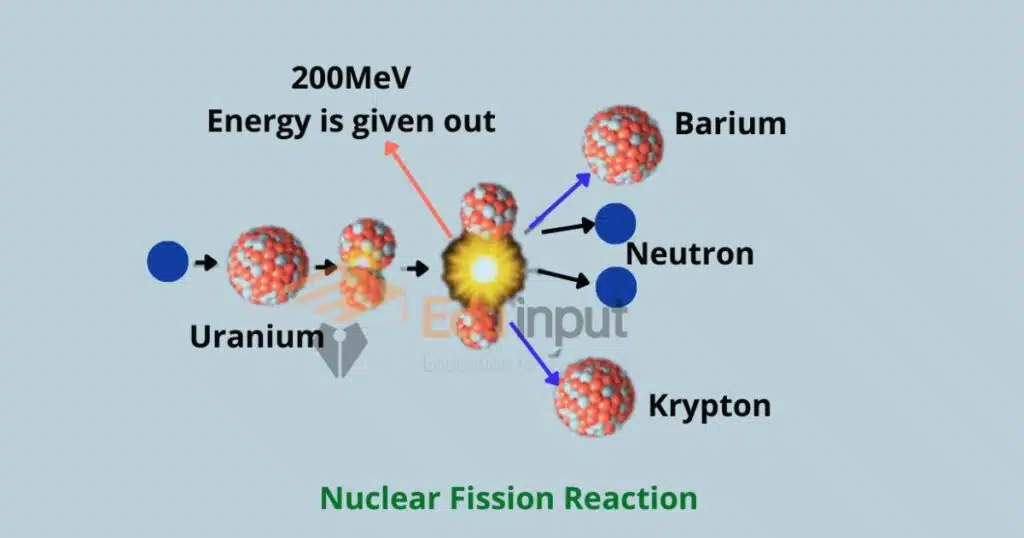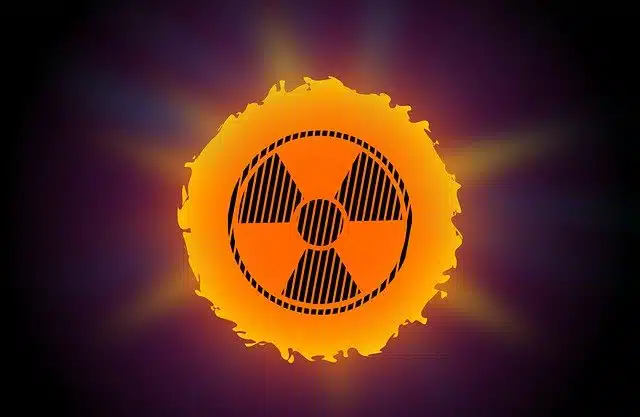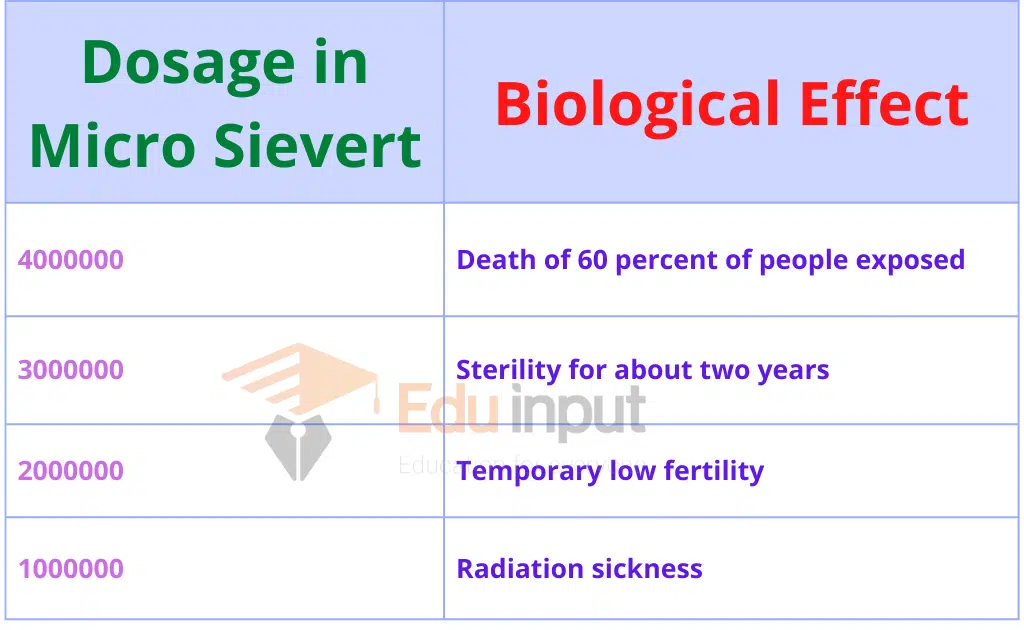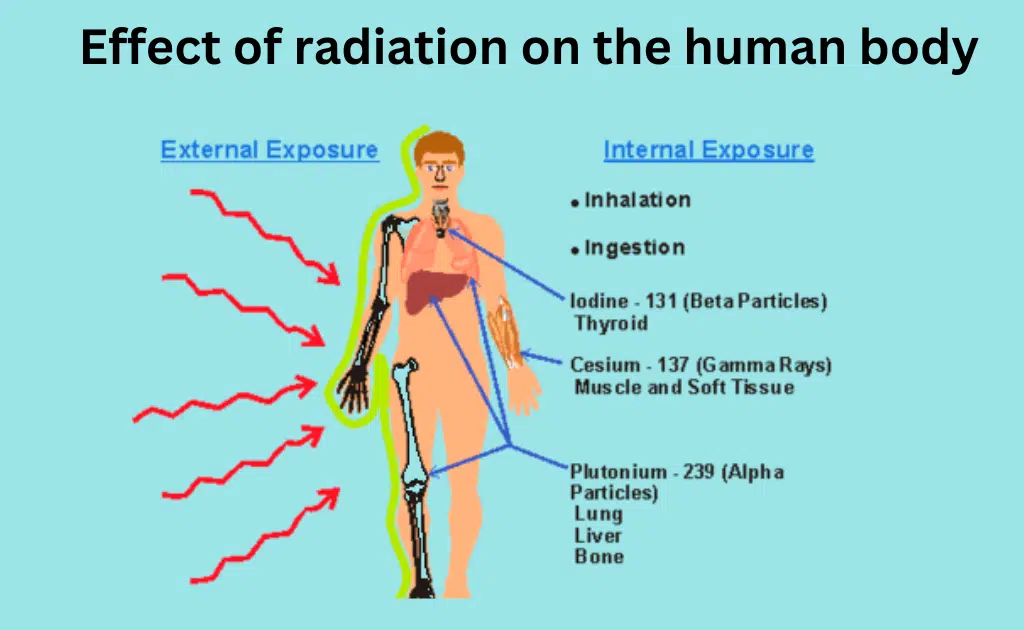What are the causes of nuclear fission?
Nuclear fission is caused by the bombardment of heavy atomic nuclei with neutrons leading to the formation of a highly unstable compound nucleus. Nuclear fission occurs when the nucleus deforms and splits into two smaller fragments. A large amount of energy and extra neutrons are released in fission.
There are several factors and processes involved in causing nuclear fission.
The primary cause of nuclear fission is the bombardment of atomic nuclei with neutrons. When a neutron collides with the nucleus of a heavy atom, such as uranium-235 or plutonium-239, the nucleus becomes unstable. This instability leads to the formation of a compound nucleus, which is in an excited state.

The compound nucleus formed after the collision is typically highly unstable and rapidly undergoes deformation. This deformation causes the nucleus to elongate or become distorted, resembling a dumbbell shape. The energy required to deform the nucleus is often supplied by the kinetic energy of the colliding neutron.
As the distorted nucleus attempts to return to a more stable state, it undergoes a process called nuclear elongation. During this process, the two halves of the elongated nucleus separate, resulting in the division of the atom into two smaller fragments. These fragments are known as fission products.
Simultaneously, several neutrons are also emitted during the fission process. These neutrons can go on to collide with other heavy nuclei, causing a chain reaction. If there is sufficient material and the conditions are right, this chain reaction can continue, leading to a self-sustaining nuclear fission process.
The release of energy during nuclear fission is a result of the mass difference between the original atom and the resulting fission products. According to Einstein’s famous equation, E=mc², a small amount of mass is converted into a large amount of energy.
This energy is released in the form of the kinetic energy of the fission products, as well as gamma radiation and the kinetic energy of the additional neutrons produced.







Leave a Reply